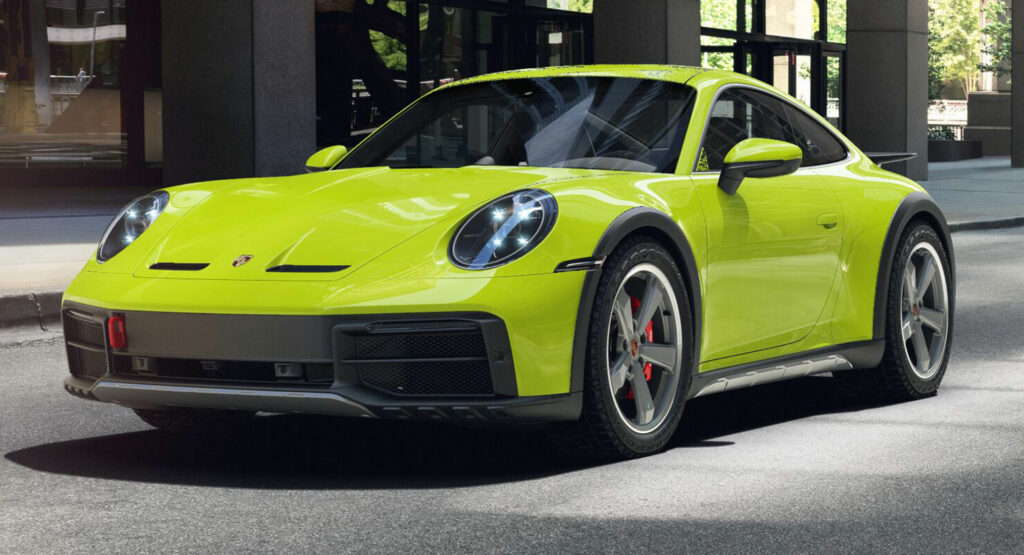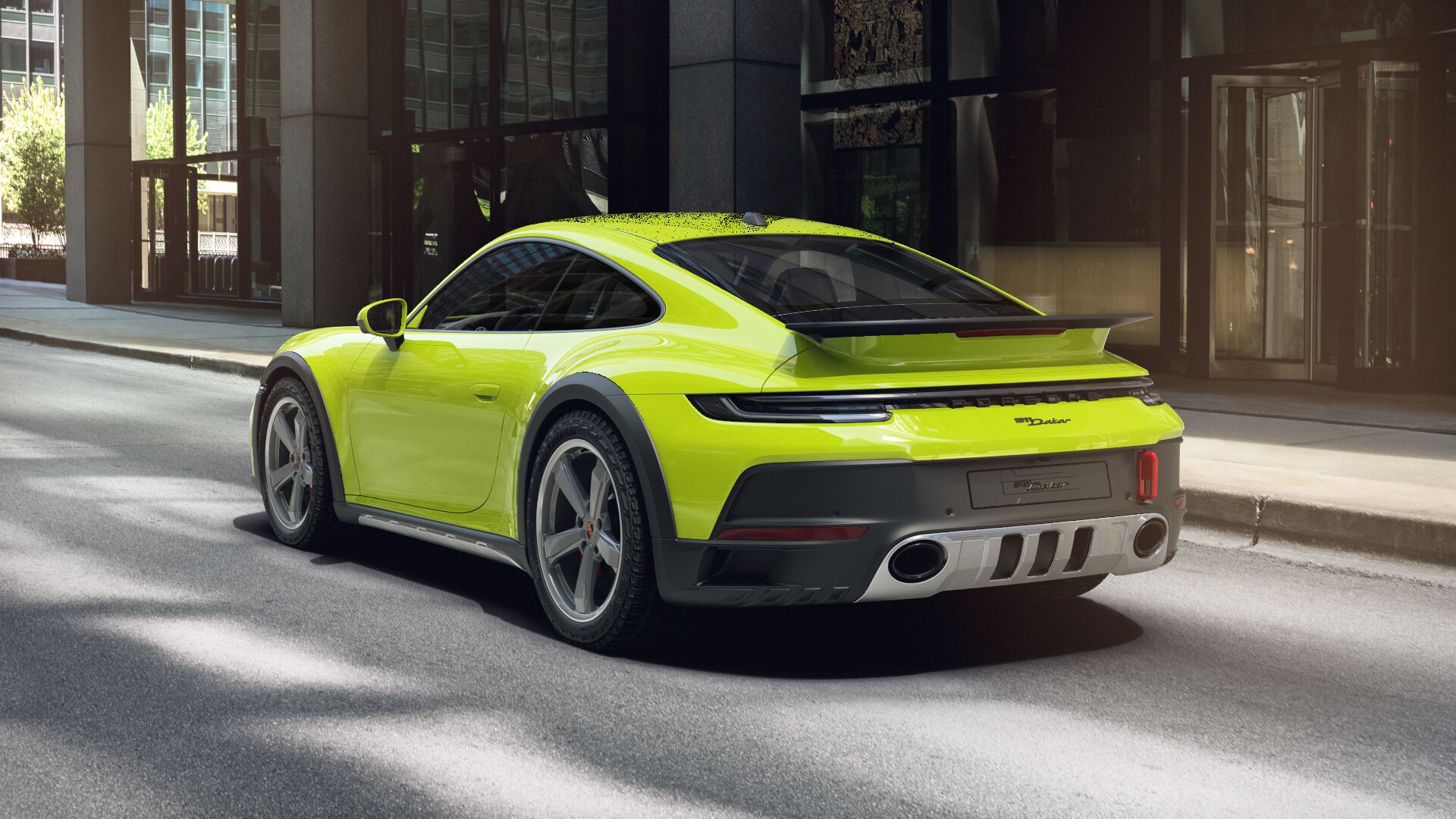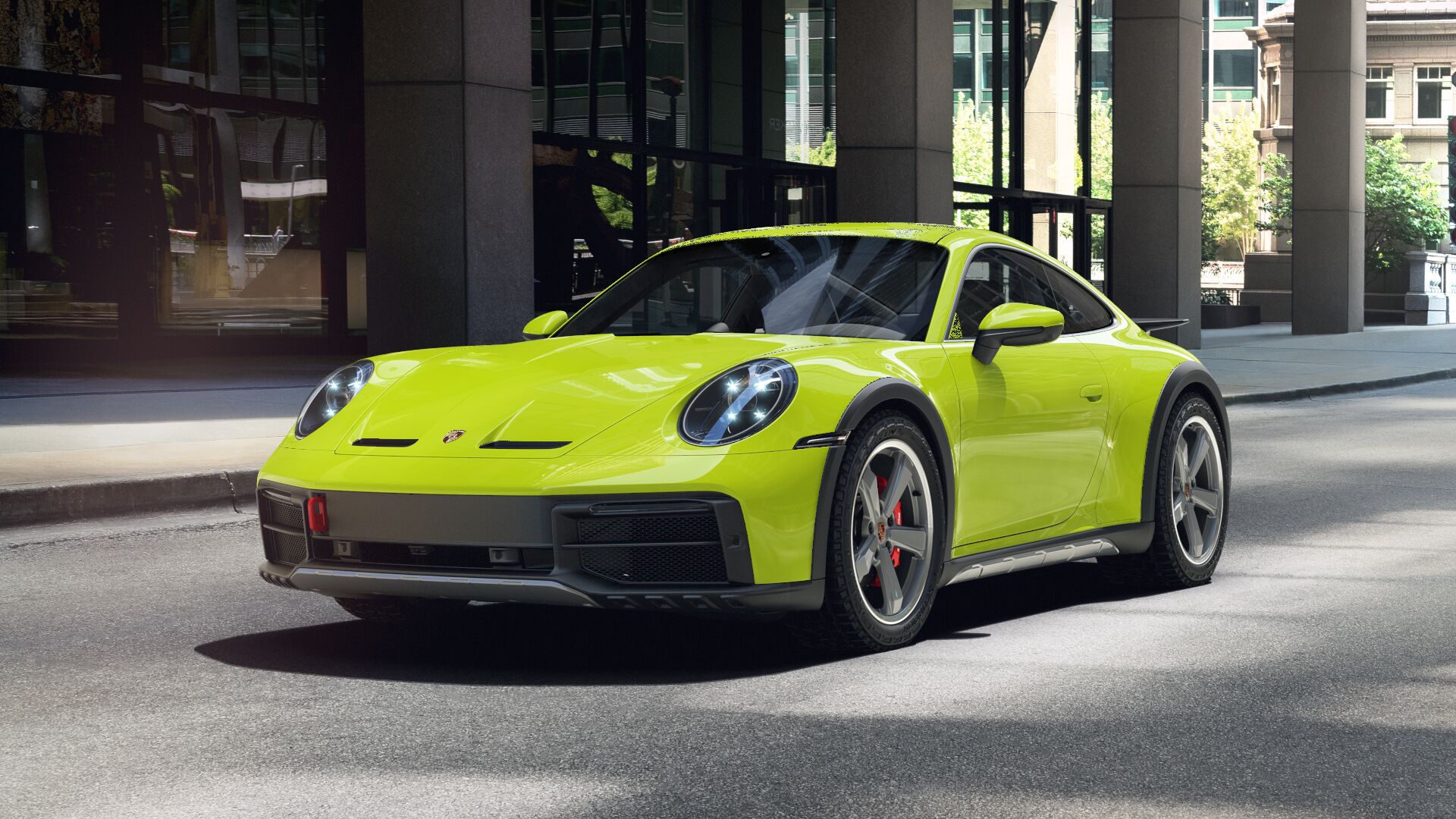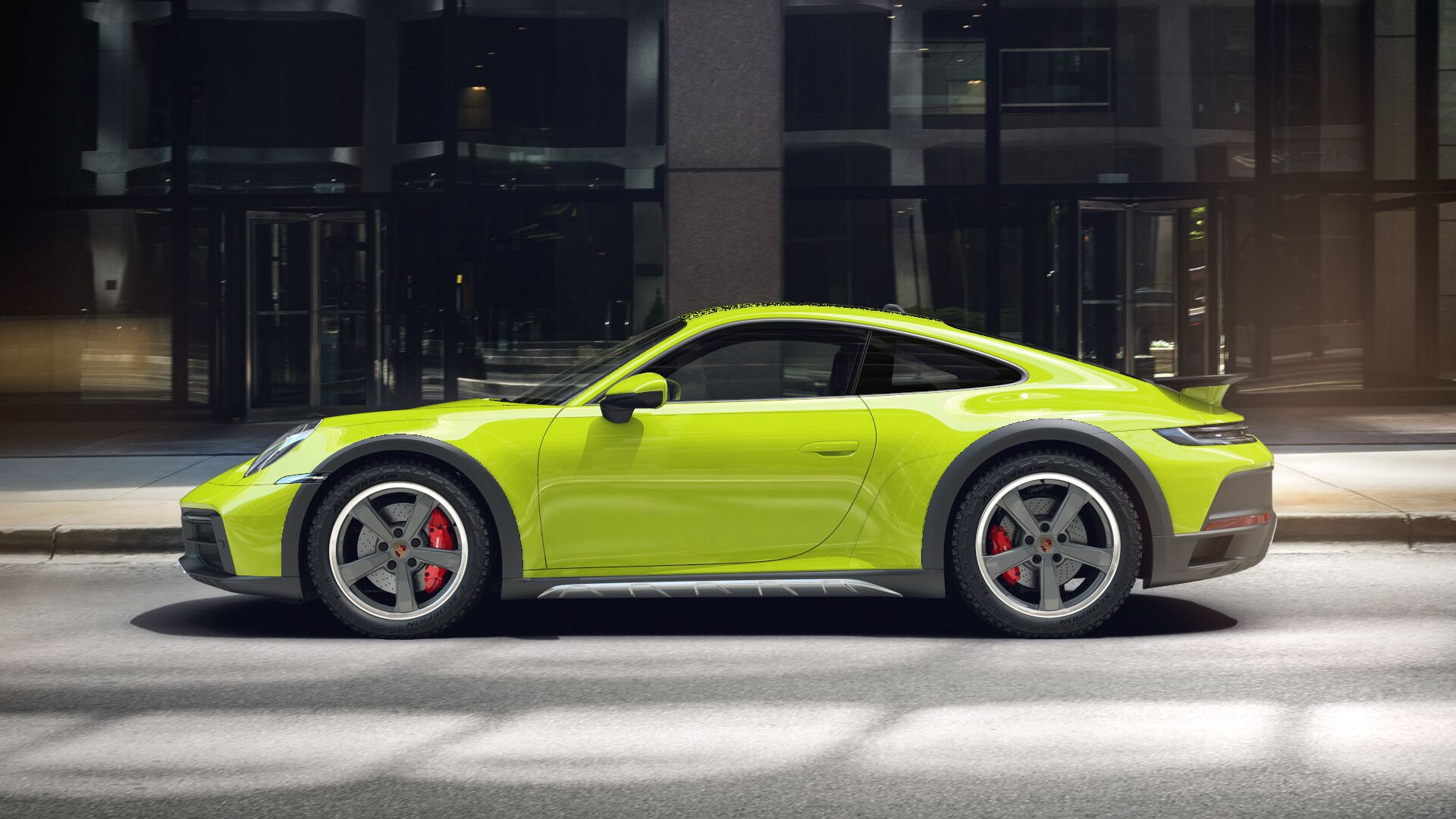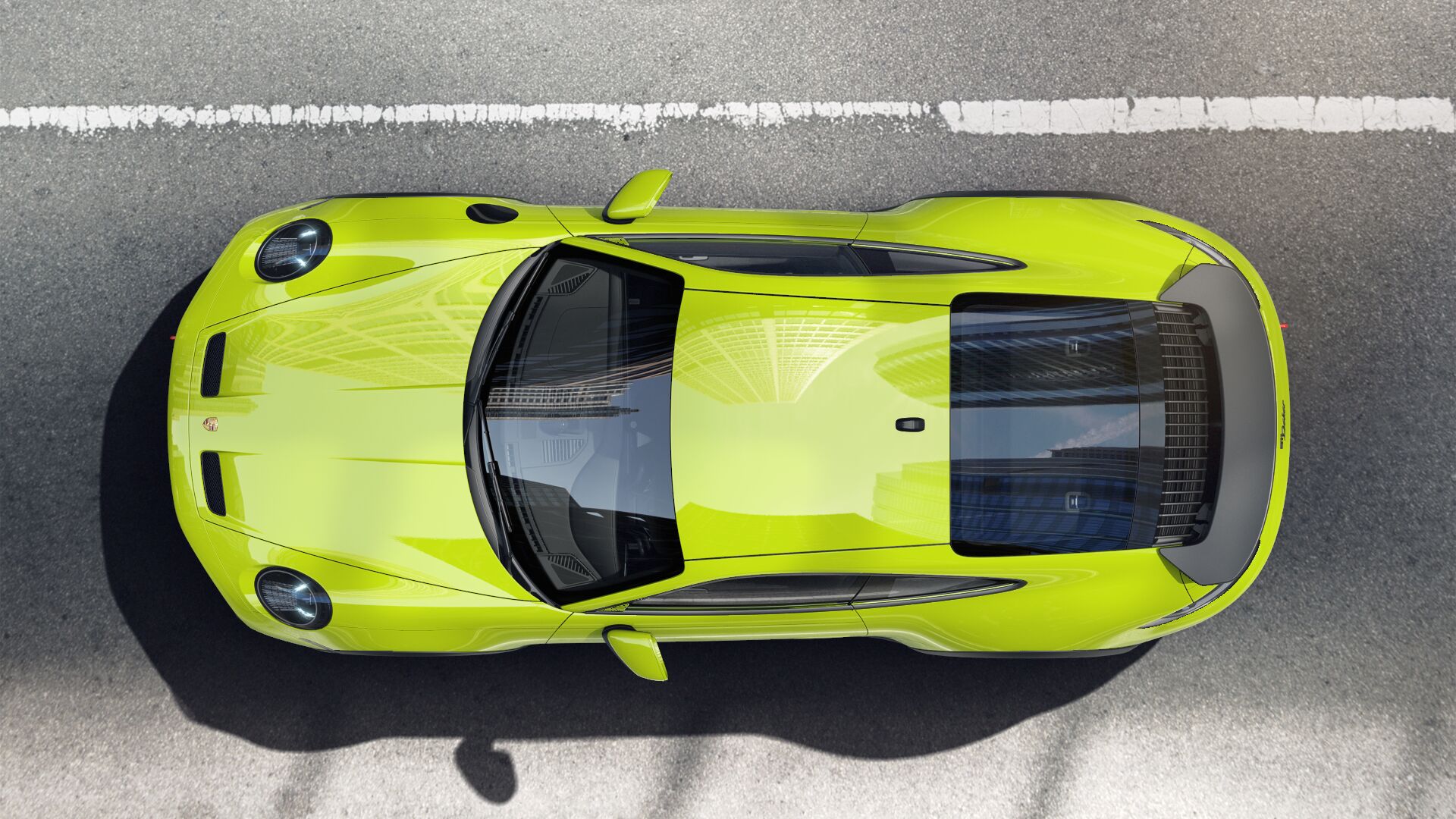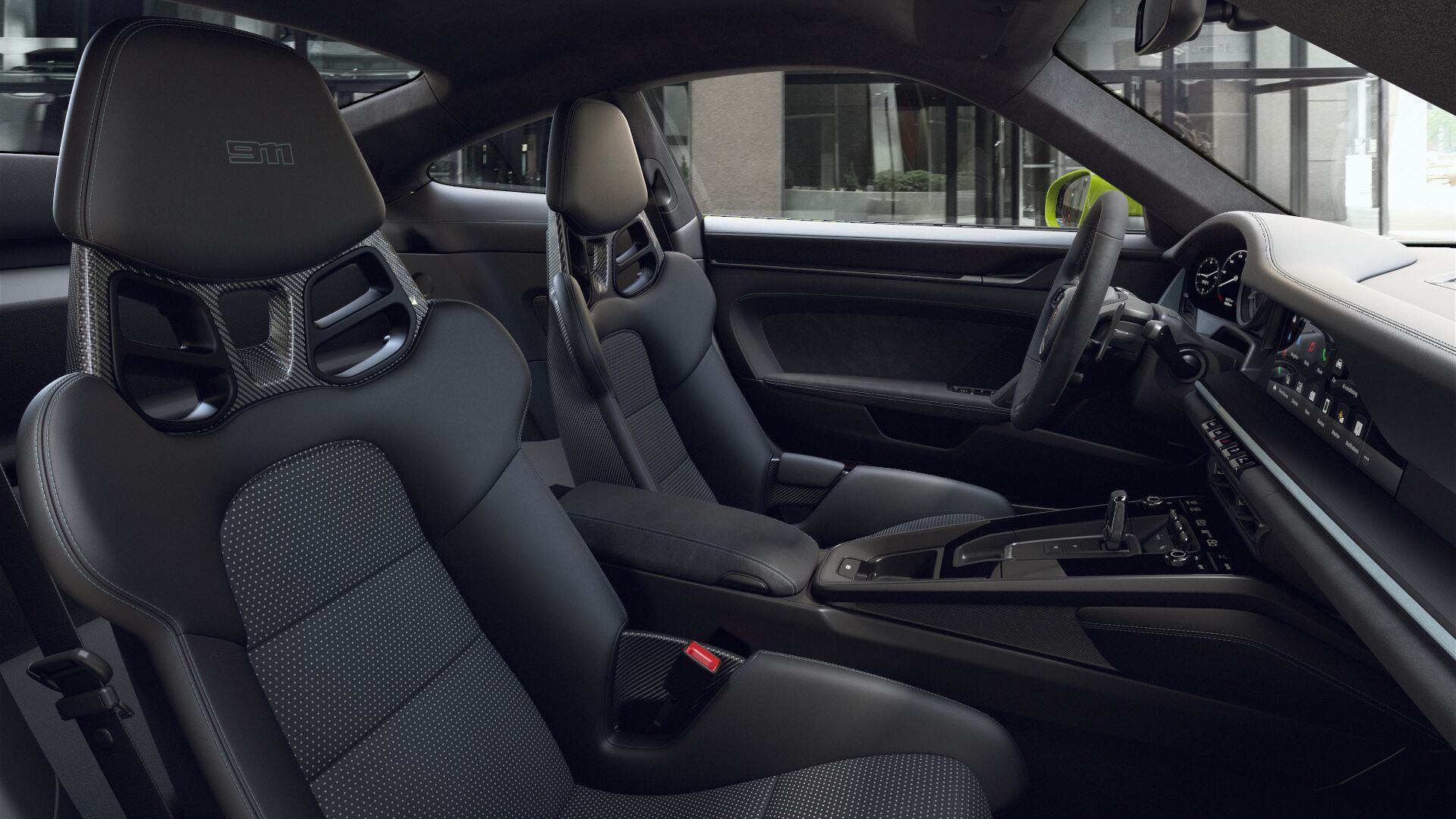Sure, the new Porsche 911 Dakar isn’t exactly a car that anyone needs but we’re very happy it exists, showing the world that the German car manufacturer still likes to have fun.
While most of us won’t have the opportunity to own one, we can all now dream up our perfect 911 Dakar thanks to the official online configurator. As standard, the lifted 911 is available in a range of standard, special, and metallic paint options but it can also be specified with the Rallye Design Package, as showcased at the Los Angeles Auto Show, or any one of a dizzying array of colors available through the Paint to Sample program.
Read: 2023 Porsche Dakar Is The Slowest 911 Since The ’80s, But We Want One So Badly
For our 911 Dakar, we opted for one of the brightest colors available, dubbed Acid Green. Porsche only offers a single wheel design for the car but they can be finished in either Satin Black, Vesuvius Grey, or White. We’ve opted for Vesuvius Grey, a $600 option.
Interestingly, there is just a single interior configuration available, unless you opt for the Rallye Design Package which adds Shark Blue stitching. Owners can choose between either full bucket seats or Porsche’s Adaptive Sport Seats Plus with 18-way adjustment and memory function.
A multitude of options is unsurprisingly available. These include a carbon fiber roof, the Porsche Design Subsecond Clock, silver-finished tailpipes, gloss black brake calipers, a surround-view camera system, a heated leather steering wheel, Sport Chrono Package, a fire extinguisher, an extended leather package, bespoke floor mats, various interior carbon fiber trim pieces, and aluminum accessories, and a $3,980 Burmester high-end surround sound system.
Porsche says it will build just 2,500 examples of the 911 Dakar with prices starting at $220,020 plus a $1,450 destination fee.
Power comes from Porsche’s familiar 3.0-liter twin-turbocharged six-cylinder pumping out 473 hp and 420 lb-ft (570 Nm). That is enough to send the car to 62 mph (100 km/h) in 3.4 seconds and through to a limited top speed of 150 mph (240 km/h) in order to protect the tires.



